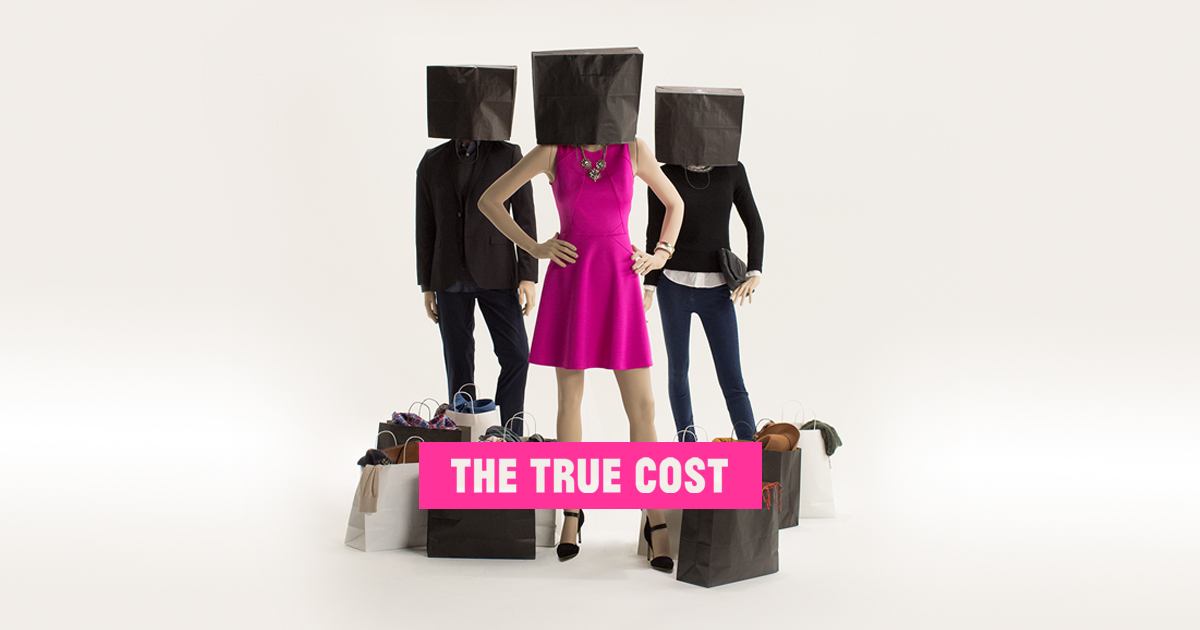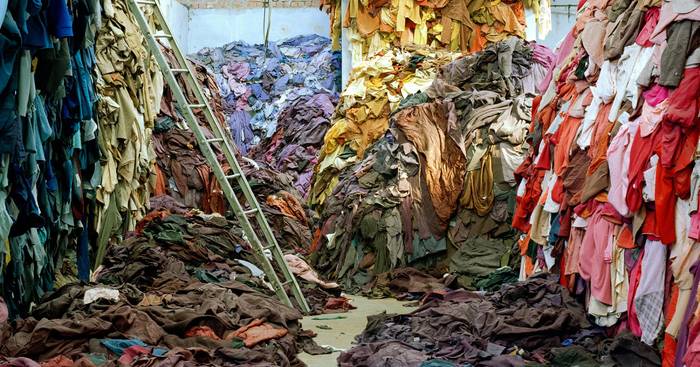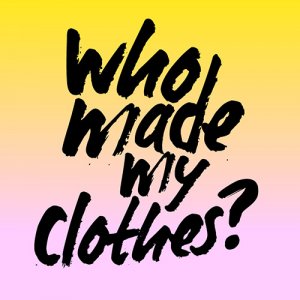Slow Fashion vs Fast Fashion
With Fashion Revolution Week now only a week away, I’ve been thinking a lot about the fashion industry and what, I feel, needs to change. I’ve always loved fashion, and buying clothes has always made me happy, but in recent years I’ve been trying to think twice about my purchases. After watching the documentary ‘The True Cost’, I learned that the two most damaging industries were the animal agriculture industry and the fashion and textile industry. This was the beginning of my vegan fashion journey, as I didn’t want to contribute to the negative effects of either one anymore.
One of the biggest causes is our ‘see now buy now’ attitude to clothing that has lead to such a fast fashion cycle. We now have way more than just four main fashion seasons, people see what they want on the catwalks and immediately want to buy them and there’s less and less value put on clothing the more this cycle continues. When I looked at my wardrobe, removed any animal products I could find, the next thing I did was start looking at what my favourite brands were selling that was vegan. I found vegan leather on ASOS online, polyester silk in Zara and faux fur in Topshop, and it seemed like shopping vegan was going to be easier than I had thought. However, as I’ve dug deeper into the world of sustainable fashion, I’ve realised there’s a lot more to be done that just calling pieces of clothing ‘vegan’ and have also been introduced to the word ‘greenwashing’. This is where something is sold to you as a super sustainable, vegan, organic, blah blah blah, but is actually a highly processed, chemically based, high Co2 producing item.
The fast fashion industry now offers a range of ‘vegan-friendly’ materials, but I had to ask myself; at what cost? 20% of global production waste comes from the textile and apparel sectors. Synthetic materials such as polyester, nylon, acrylic and spandex are made from petroleum products that contain harmful ingredients and can take between 20-200 years to decompose into the ground, and even when it does eventually decompose, it will put those harmful chemicals into the soil, which degrades the quality of the earth even more. To dye the synthetic materials usually takes around 9 different chemicals and the biggest impact of dyeing is water pollution, with industrial waste being the number one cause of water pollution. I could go on and on about the environmental impacts of fast fashion, truly the list is endless…
Another impact of fast fashion is the effect it has on garment workers in the industry. There are now an estimated 40 million garment workers, mostly from Bangladesh, Cambodia and India, and 85% of those are women. These workers have to suffer low wages, unsafe working conditions in sweatshops and little to none workers rights. This isn’t how I want my clothes made; I respect the art of fashion too much to see this happen! When I thought enough about who makes my clothes and the struggles they have to go through just so I could grab a quick bargain, it made me feel sick and guilty for ever buying into this ‘disposable clothing’ mentality. I grew up thinking I could only ever wear a garment once in public, now I’m challenging myself to get as much wear out of each piece as possible!
I have asked myself (and the great big internet) if there are any drawbacks to the slow fashion movement, and as I suspected, there wasn’t much to say. Some people say that, although in the long run slow fashion will benefit everyone on an environmental and social level, in the short term it may be difficult for people to adapt to. The fashion market would have to rapidly adapt to the change in people’s buying habits and this would probably mean loss of jobs, both for garment workers and designers (and all the other people that are involved in the manufacturing process!).
Others have said that they feel the slow fashion movement makes them feel guilty for buying any clothes and they feel like they couldn’t deal with the guilt. I can relate to this as sometimes I see a piece that I would absolutely love, but I have to stop myself, especially if I already have something similar – or I can’t even afford it! Which brings me onto the other point I found, the cost. A lot of the time, sustainable clothing is more expensive, for good reasons as it is taking into account the work put in by everyone involved in the process. However, these higher costs can make the slow fashion idea seem unattainable for people on lower incomes or parents of children, etc.
My hopes for the future are that more people, who can afford it, invest in slow fashion, which in turn reduces the amount of capital in the fast fashion industry. This would then open up more opportunities for smaller, independent fashion companies and would slowly become the new ‘way’ of fashion. In time, the cost of slow fashion clothing would settle to a more reasonable rate, meaning that more people would buy into it and support it, again, in turn putting more money into the sustainable fashion industry which creates more jobs and opportunities. Is this just the naïve fantasy of a vegan fashion blogger – or could this in fact be the outline of the future of fashion??
So, Fashion Revolution Week is 23rd – 29th April and commemorates the Rana Plaza disaster, in which the collapse of a five-story garment factory killed 1138 people on 24th April 2013. The campaign is designed to encourage brands to inform customers “who made your clothes” and be more transparent with their supply and manufacturing chain. Transparency is the only way we, as consumers, can see how our clothes were made, who made them and under what conditions, and then make an informed decision about whether or not to hand over our money. Labour Behind the Label, the charity I volunteer for, are dedicated to fighting for garment workers rights and have on-going campaigns that you can get involved in. Check out their website here (insert link) and have a think about what you could do for Fashion Revolution Week 2018! I’ve got something special planned for next week so make sure you check back here next Monday to find out what I’ll be doing to campaign for the Revolution!
References:
https://oliverands.com/community/blog/2013/05/fabric-friday-petroleum-based-manufactured-fibers.html
https://close-the-loop.be/en/phase/3/end-of-life
https://www.fashionrevolution.org/about/
https://truecostmovie.com
http://labourbehindthelabel.org/who-we-are/






